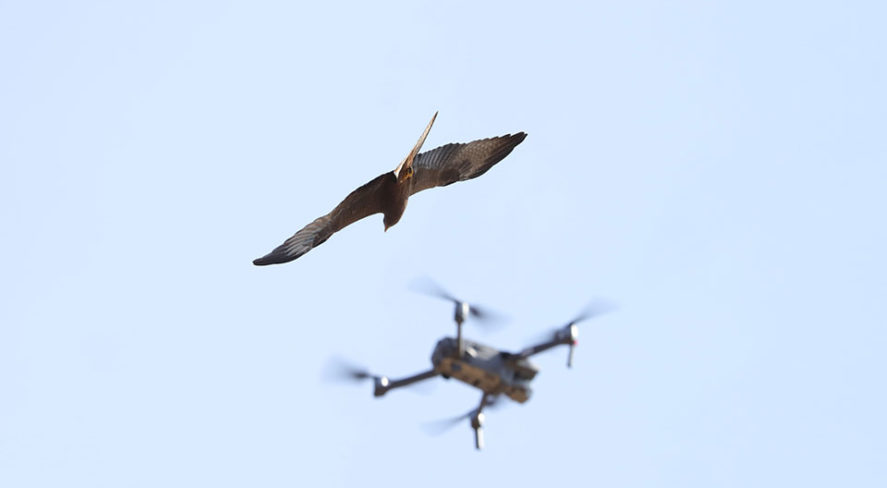ISC East Session Preview: The Complexities of Urban Drone Detection and Response Tactics for Identified Threats

ISC East 2021 is coming up Nov. 17-18 in New York City, and the Security Industry Association (SIA) and ISC East recently revealed full conference details for the SIA Education@ISC East program, including keynote presentations from top luminaries and 15+ sessions from over 40 industry expert speakers on the most current business trends, technologies and industry developments.
One session you won’t want to miss this year is The Complexities of Urban Drone Detection and Response Tactics for Identified Threats. Arthur Mogil, retired lieutenant of the New York City Police Department’s Counterterrorism Division, and Linda Ziemba, founder and CEO of AeroDefense, will discuss how to assess and simplify the complexities of drone detection in an urban environment and response tactics security teams can employ once a drone is detected.
We asked our panelists to give a sneak peek of what attendees will learn at this expert-led session.
What are a few of the types of drone detection systems?

The Federal Aviation Administration (FAA) divides four commonly used sensor types into primary and secondary categories. These four sensor types are radio frequency (RF), radio, camera and acoustic.
In our session we’ll explain why the FAA divides the sensor types into primary and secondary categories and which category each system falls into.
What are some of the challenges associated with using drone detection technology in urban settings?

The challenges associated with using drone detection systems in urban settings vary by the type of system being utilized. One shared challenge is clutter, to put it simply.
For radar and camera systems, that clutter is physical and difficult to combat (birds, plastic bags, etc.), while for RF and acoustic systems that clutter is nonphysical (competing RF signals and noise, respectively).
In our session we’ll talk more about the specific challenges of each drone detection system type, which system types are most feasible in an urban setting and how to alleviate certain challenges posed by the environment.
What’s one key drone threat we may not be aware of?
Most people are familiar with a commercial drone’s ability to carry and deliver explosives, weapons of mass destruction (chemical, biological or radiological) and contraband (guns, drugs, etc.). But many are unfamiliar with a drone’s ability to carry devices that can help aid in a cyberattack. While this is still an emerging threat, the potential ramifications are far-reaching for many types of organizations and facilities – from corporate campuses to chemical manufacturing plants.
In our session we’ll discuss how easily a nefarious actor could use a drone with other devices attached to conduct a full-scale cyberattack.
Additional Session Details:
The Complexities of Urban Drone Detection and Response Tactics for Identified Threats
Thursday, Nov. 18
10:00-10:45 a.m. (EST)
Drones in the hands of bad actors and clueless/careless hobbyist pilots have and continue to present serious security concerns for organizations as well as law enforcement. As a result, drone detection systems, fixed and mobile, have become incredibly popular. Systems with drone mitigation capabilities are reserved for use by federal entities due to significant liability issues, so finding the drone pilot is currently the safest form of mitigation. But the use of drone detection technology can be challenging in urban environments where buildings and complex structures form urban canyons that block lines of sight and lead to multipath propagation. In this session, Arthur Mogil and Linda Ziemba will discuss how to assess and simplify the complexities of drone detection in an urban environment as well as response tactics security teams can employ once a drone is detected.
Learning Objectives:
- Identify drone threats you may be unaware of
- Define the differences between drone detection system types
- Recognize the legal and liability concerns of drone mitigation
- Understand the challenges and complexities associated with drone detection in an urban environment and how to simplify them
- Define response plans to drone threats based on best practices provided
View the full session page for more details. You can access the full SIA Education@ISC conference program for only $75 by registering for a SIA Education@ISC 2-Day Pass here. And don’t forget to use SIA’s free registration link to sign up for the ISC East trade show.
